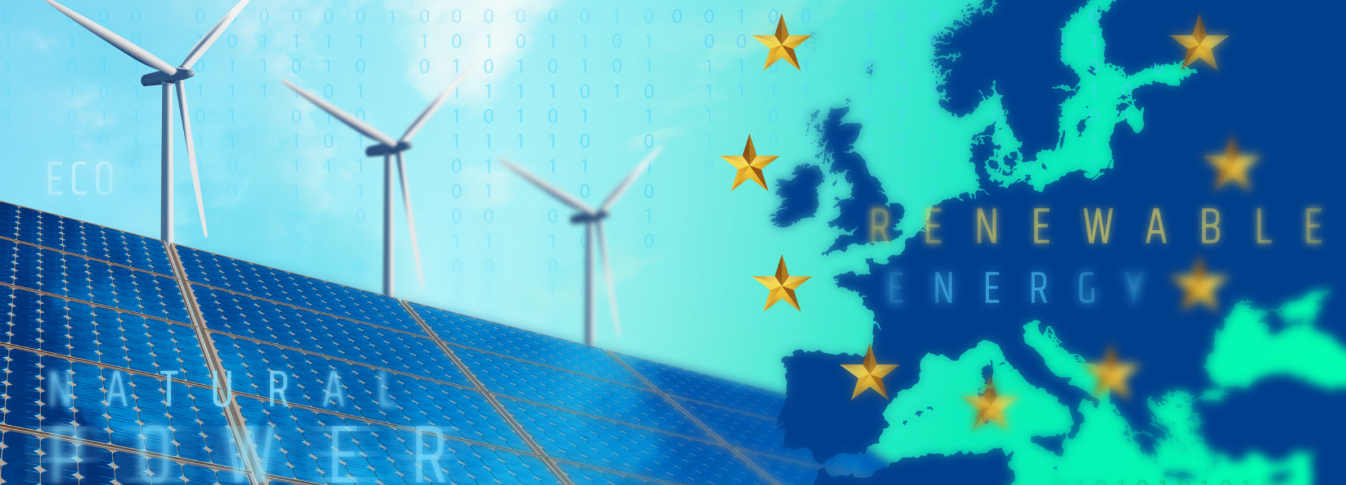Renewable energy & Cleantech sector
As we enter the last quarter of 2024, the renewable energy sector is navigating through a mix of positive developments and ongoing challenges.
While optimism around the growth of renewable energy remains high, various factors, such as political uncertainty and economic pressures, are slowing down progress. This update provides a snapshot of current trends, with a focus on talent and recruitment.
Having spoken with leaders across the renewable energy space, I’ve gained insight into the prevailing thought processes and strategies for the future. What stands out is the passion and commitment within the industry. However, there are some very real frustrations, especially as there is a lot of capital ready to be deployed.
The main themes are high interest rates and inflation severely impacting M&A activities and supply chain.
It has been increasingly difficult for companies to pursue strategic deals, and fundraising activities, with a dramatic reduction in deal flow. Companies have struggled to secure the capital needed, leaving many with limited financial resources and forcing difficult decisions.
High borrowing costs have made financing new projects more difficult, while the complexities of supply chain politics are also creating major difficulties, particularly the push to decouple from Chinese manufacturing. This transition towards integrated solutions presents significant challenges, particularly as sourcing from European suppliers for example proves to be prohibitively expensive, massively impacting service providers and developers.
This is particularly evident in the wake of political changes in 2023/2024, when approximately 60% of the world elected new leaders, resulting in varying policies and regulations that have further shaken market stability.
.png)
Recruitment Trends:
The recruitment landscape reflects the sector’s difficulties, as many experienced professionals have faced redundancies, particularly at the senior level. There is a surplus of talent but limited new roles. Senior strategic hiring has been minimal, though junior hires across development remains high, as there has been an important shift towards greenfield development as an alternative strategy for growth and project expansion in 2024. This is likely to change, when the market rebounds, companies may find they lack the necessary experience internally to make strategic decisions.
This period has also seen companies increasingly open to candidates from diverse backgrounds, recognising the value of a broader talent pool to address the existing skill shortage. The sector is welcoming transition talent more than ever before because of the importance of what diversity can bring to this modern industry with growing skill gaps.
Despite these frustrations, teams continue to grow, and significant work is underway. Still, concerns remain about whether ambitious targets can be met without major grid upgrades, improved regulations, and a drop in interest rates.
.png)
On the candidate side, investment fund roles remain some of the most attractive opportunities across Europe. In the UK, offshore energy is gaining traction, while nuclear energy in North America is emerging as a viable alternative for meeting net-zero targets, especially given the difficulties with scaling wind and solar energy alone. Meanwhile, the Middle East is attracting a growing number of skilled professionals, drawn by both stability and new opportunities.
Hiring managers are looking for a blend of specialist and generalist skills, with great ambitions and greater personalities.




